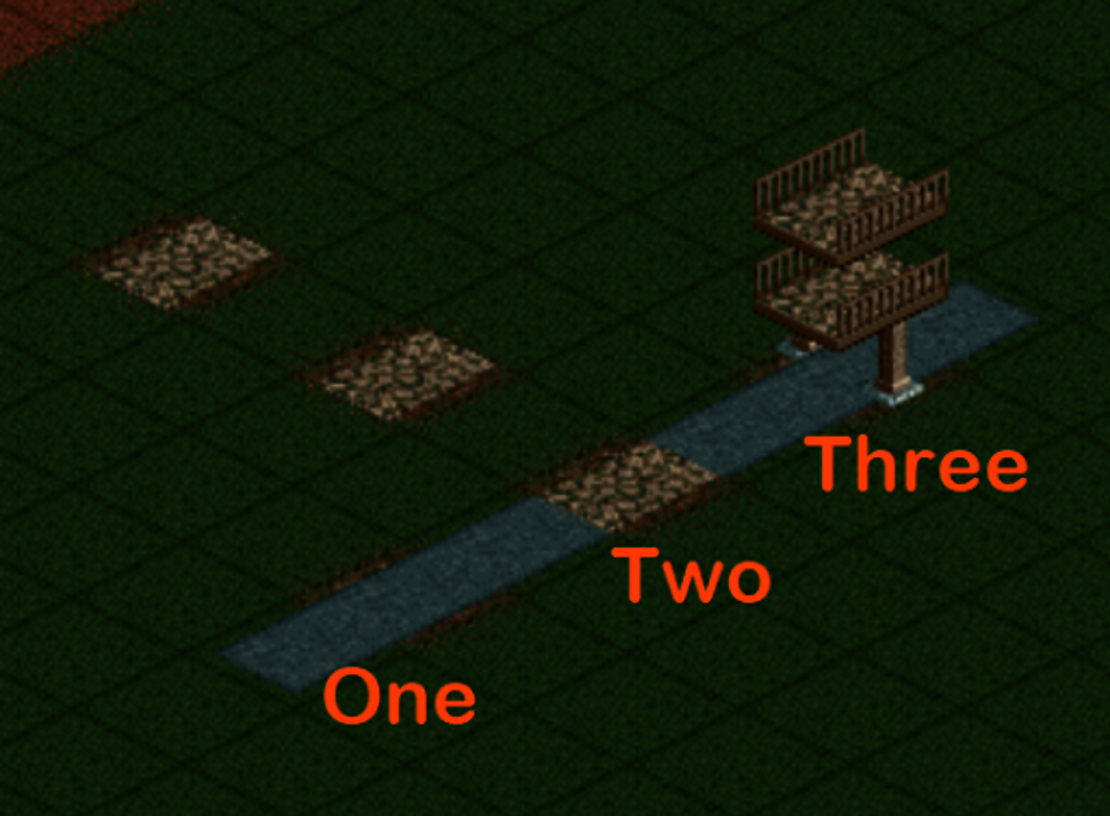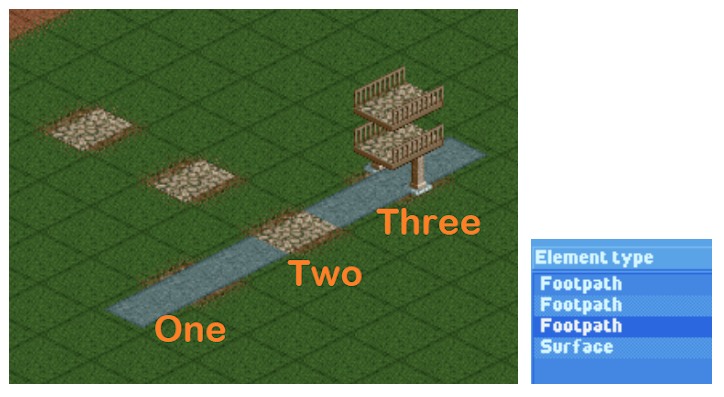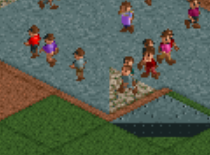
Mekkit University 032 Path Layering (How to Layer)
Hey everyone!
Path layering is the process of placing multiple paths on the same tile. This has many different effects that alter the aesthetic and the guests' behavior! This is the first part of three, taken from Mekkit's Path Layering Compendium.
Path Layering
Preface
Path connections can be edited with the tile inspector. Much like track merging, guests will use the lowest order path when multiple paths are layered, and other layers will be ignored for pathfinding purposes. Regarding units, 1TI means one Tile Inspector and is equivalent to the height of one base block or half a land raise. Generally, level paths require at least 3TI and sloped paths require at least 4TI of separation to keep guests from jumping to lower layers.
How to layer
- Place down path normally.
- Copy and paste extra path layers over the normal path. These extra layers of path are purely for decoration and guests should ignore them in favor of the original path
- (Exploded view) Check tile inspector order. Adjust order as necessary to keep the guests walking on the correct path. Remember that only the lowest order path will be used by the guests. In this example, the asphalt path should be the lowest order and the crazy paths are only for decoration.

Flickering Paths:
Guests walking over layered paths may cause flickering and partially show the wrong surface. When using two different path shapes or types, either corrupt the path you don’t want showing, or add a second copy of the path you do want to be showing.

Draw Order
When layering multiple paths, the visible path will not be the lowest ordered path like with layering track and other objects. Instead, the visible path will be governed by one of two equations, depending on whether or not the paths are placed on the ground or above/below ground level.
At ground level: X = T / 2
Not at ground: X = (T + 1) / 2
Where,
X = (rounded up to the nearest integer) the visible path, with the lowest ordered path being path 1
T = total number of paths layered
A quick reference table, predicting which path layer will be visible depending on the number of layered paths at ground level or not:
Two paths | Three paths | Four paths | Five paths | |
At ground | First path | Second path | Second path | Third path |
Off ground | Second path | Second path | Third path | Third path |

